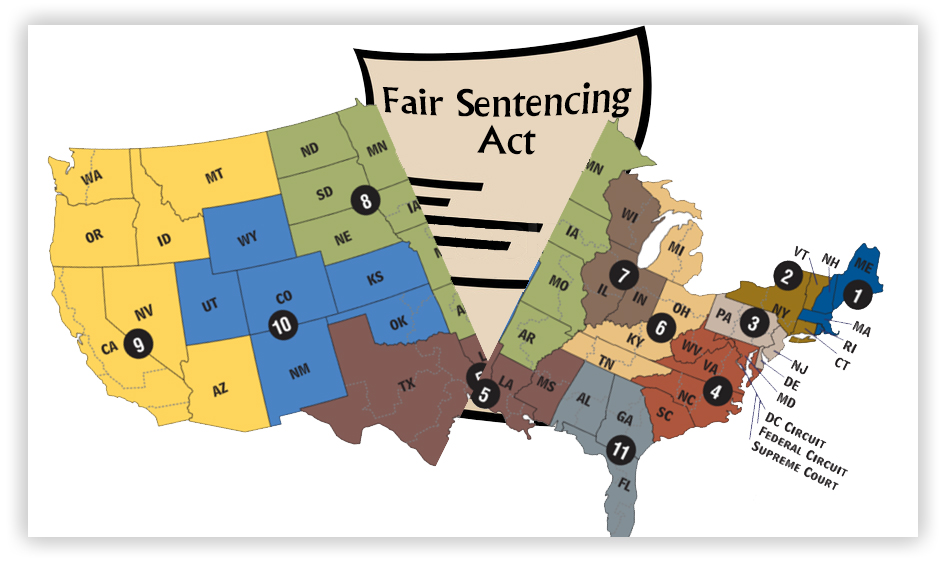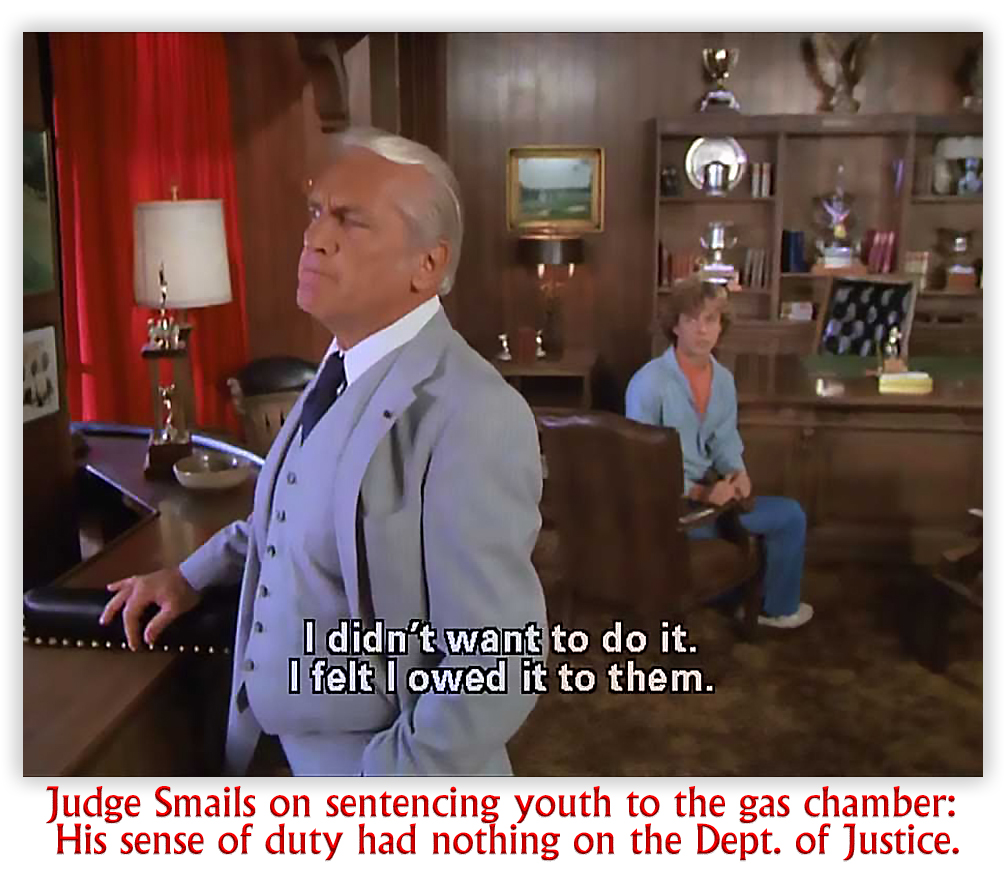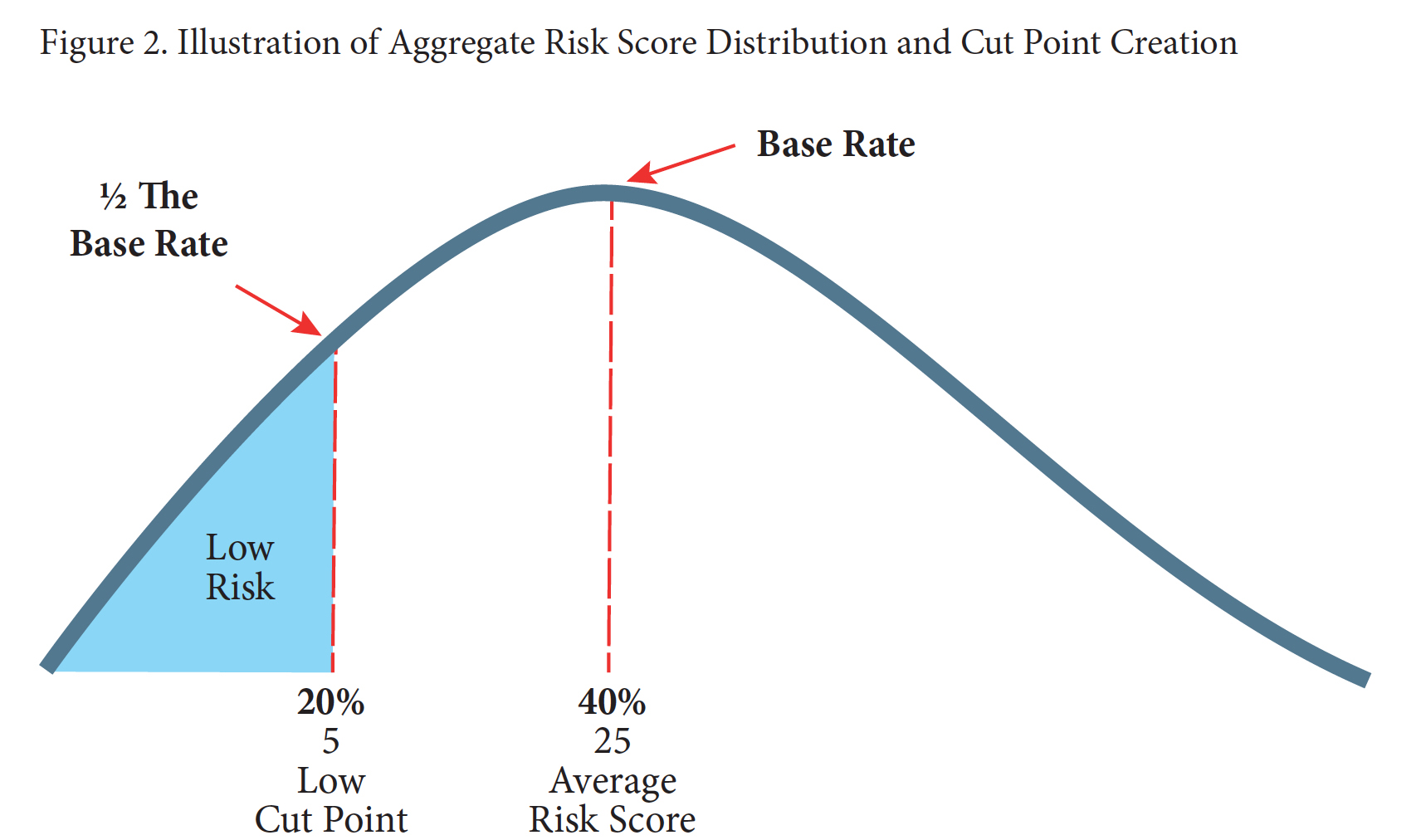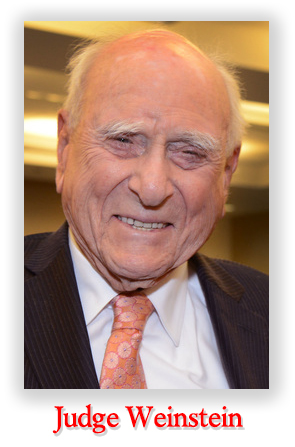We post news and comment on federal criminal justice issues, focused primarily on trial and post-conviction matters, legislative initiatives, and sentencing issues.

DENIAL HIGHLIGHTS JUDICIAL SPLIT ON COMPASSIONATE RELEASE
 A key provision of the First Step Act allows federal courts to reduce sentences under the so-called compassionate release statutory provisions of 18 USC § 3582(c)(1)(A)(i) – which establishes an ‘extraordinary and compelling” reason standard – without needing a motion from the Bureau of Prisons. Ohio State University law professor Doug Berman said last week in his Sentencing Law and Policy blog that “if applied appropriately and robustly, this provision could and should enable many hundreds (and perhaps many thousands) of federal prisoners to have excessive prison sentences reduced.”
A key provision of the First Step Act allows federal courts to reduce sentences under the so-called compassionate release statutory provisions of 18 USC § 3582(c)(1)(A)(i) – which establishes an ‘extraordinary and compelling” reason standard – without needing a motion from the Bureau of Prisons. Ohio State University law professor Doug Berman said last week in his Sentencing Law and Policy blog that “if applied appropriately and robustly, this provision could and should enable many hundreds (and perhaps many thousands) of federal prisoners to have excessive prison sentences reduced.”
A decision last week in the Southern District of Iowa denying Les Brown compassionate release illustrates the conundrum. Under 28 USC § 994(t), the Sentencing Commission is directed to define “the criteria to be applied and a list of specific extraordinary and compelling examples” for grant of § 3582(c)(1)(A)(i) motions. The Commission defined four examples, one medical, one due to age, one due to family circumstances, and one catch-all (that “there exists in the defendant’s case an extraordinary and compelling reason other than, or in combination with, the reasons described in subdivisions (A) through (C)).”
Now the problem: The USSC has not updated its definition since the First Step Act passed. Instead, its policy statement still simply guides the Bureau of Prisons (which has traditionally been very resistant to an Sentencing Commission guidance). The new procedure mandated by the First Step Act calls for new guidance, but the Commission remains mute.
 Sadly, there’s a reason for the USSC’s quiescence. The Commission cannot amend its policy statement because the agency lost its quorum last December, about two weeks before First Step passed, and it is still two commissioners short of a quorum. The Trump Administration apparently sees the Commission as a backwater for which no urgency exists in nominating replacement commissioners. For the foreseeable future, the Commission remains impotent, and the compassionate release policy cannot not be updated.
Sadly, there’s a reason for the USSC’s quiescence. The Commission cannot amend its policy statement because the agency lost its quorum last December, about two weeks before First Step passed, and it is still two commissioners short of a quorum. The Trump Administration apparently sees the Commission as a backwater for which no urgency exists in nominating replacement commissioners. For the foreseeable future, the Commission remains impotent, and the compassionate release policy cannot not be updated.
Some district courts have concluded this means the Commission lacks any applicable policy statement dictating when a judge can grant compassionate release. These courts have decided that this means the district judge can consider anything — or at least anything the BOP could have considered (whether it did or not) — when assessing a defendant’s motion.
But others have held that First Step merely lets them grant a motion for compassionate release if the BOP Director could have done the same under the guidelines and the old Program Statement. These courts hold that judges may not stray beyond the four bases listed in USSG §1B1.13.
 Last week’s ruling by Senior Judge Robert Pratt is a thoughtful opinion about compassionate release, issued in response to defendant Les Brown’s motion to reduce his 510-month sentence. That sentence was pumped up by a 300-month second 18 USC §924(c) sentence, one that could no longer be imposed since passage of the First Step Act. While Judge Pratt finds that “much about Defendant’s situation is extraordinary and compelling,” he concluded “the Court cannot exercise its discretion to grant release at this time.”
Last week’s ruling by Senior Judge Robert Pratt is a thoughtful opinion about compassionate release, issued in response to defendant Les Brown’s motion to reduce his 510-month sentence. That sentence was pumped up by a 300-month second 18 USC §924(c) sentence, one that could no longer be imposed since passage of the First Step Act. While Judge Pratt finds that “much about Defendant’s situation is extraordinary and compelling,” he concluded “the Court cannot exercise its discretion to grant release at this time.”
The Judge calculated that even if First Step let him retroactively reduce the second § 924(c) sentence from 300 months to 60 months (which the Act doe not permit), Les would still face a total of 210 months in prison. As of now, he has served only 167 months, “a long stretch by any measure, and perhaps more than appropriate for Defendant’s crimes. Regardless, because Defendant would still be in prison under modern law, any sentencing disparity created by § 924(c) stacking does not, at least yet, provide an ‘extraordinary and compelling reason’ for compassionate release.”
Judge Pratt suggested that Les could come back at 210 months to make his argument. For what it’s worth, I believe that by then, Congress will have revisited the issue and made the § 924(c) sentencing change retroactive, just as it did with the Fair Sentencing Act’s changes to crack minimums.
Prof. Berman complained that “Judge Pratt refuses to use the legal tool available to him to reduce Brown’s sentence, and so Brown is now still slated to serve nearly another 30 years in prison(!) that neither Congress nor any judge views as in any way justified by any sound sentencing purposes.” He is correct. However, until higher courts resolve the conundrum of the missing USSC guidance (or the Commission regains a quorum, and fixes the statement on its own), the present confusion is going to work to the detriment of a lot of inmates.
United States v. Brown, 2019 U.S. Dist. LEXIS 175424 (SD Iowa Oct. 8, 2019)
– Thomas L. Root




















